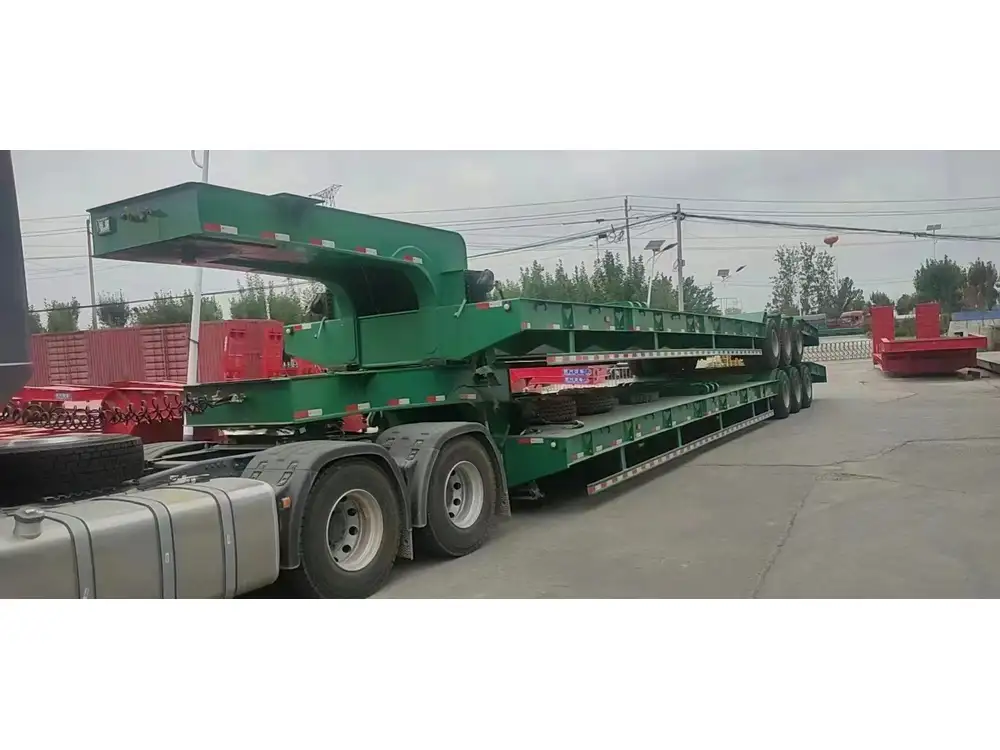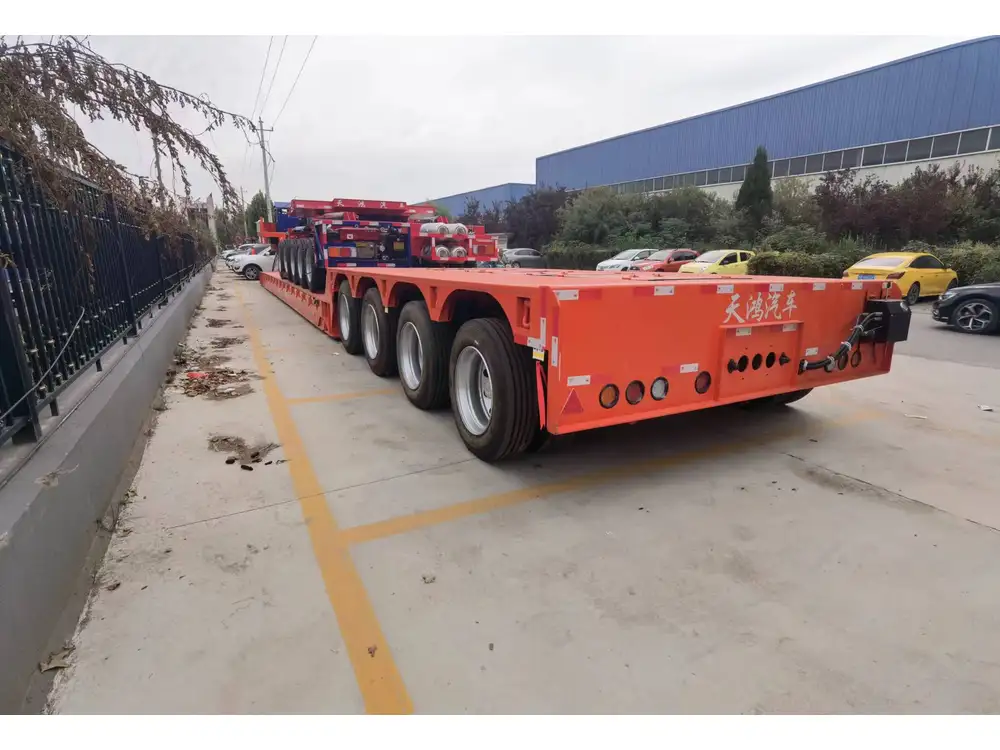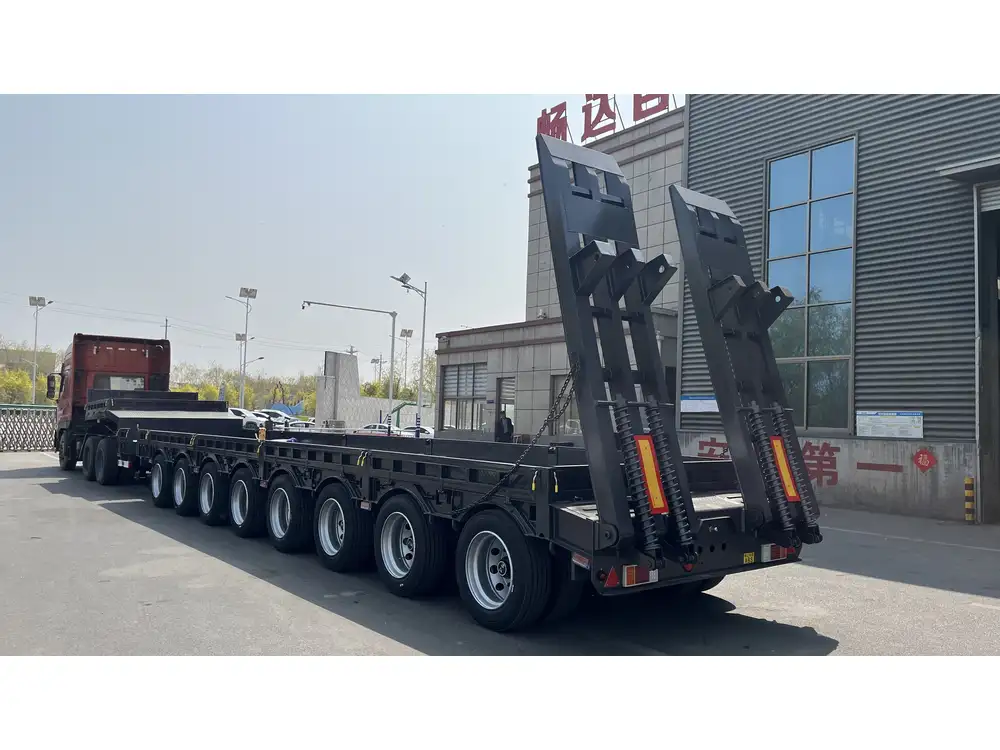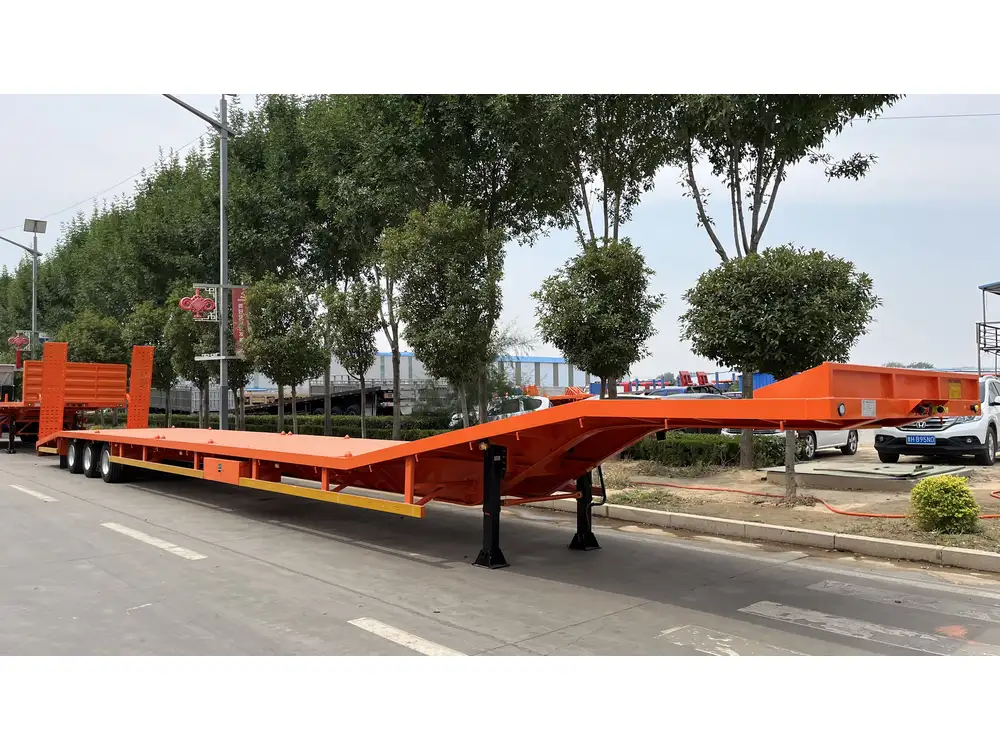Navigating the intricacies of waste management in a travel trailer can be daunting for both novice and seasoned travelers. Knowing how to dump the sewer efficiently not only ensures compliance with environmental standards but also promotes a smooth and enjoyable journey. In this guide, we will explore the essential steps, tools, and best practices for effective sewer dumping from a travel trailer.
Understanding the Basics of Travel Trailer Waste Systems
Before delving into the dumping process, it is crucial to understand the components of your travel trailer’s waste system. Most travel trailers have two primary types of waste tanks: the black tank, which holds sewage from the toilet, and the gray tank, which accumulates wastewater from showers, sinks, and other sources.
Key Components of a Waste System
| Component | Function |
|---|---|
| Black Tank | Stores sewage waste; needs to be dumped regularly to avoid odor and blockage. |
| Gray Tank | Collects wastewater from sinks and showers; generally needs less frequent dumping. |
| Dump Valve | A valve that releases tank contents into the dumping station. |
| Sewer Hose | A flexible hose connecting the trailer’s dump valve to the sewer outlet. |
| Adapters | Optional fittings that connect the sewer hose to various dump stations. |

Why Consistent Maintenance Matters
Regularly emptying your black and gray tanks not only maintains hygienic conditions but also prevents costly repairs caused by buildup or blockages. Understanding the right time to dump is essential—generally when the tanks are two-thirds full, which helps to prevent waste from sticking to the tank walls.
Preparing to Dump Your Travel Trailer’s Sewer
Preparation is key. Gathering all necessary tools and supplies will streamline the process, allowing you to handle the task efficiently.
Essential Tools for Sewer Dumping
- Sewer Hose: Invest in a sturdy hose designed for sewage. Look for one that is at least 10 feet long to reach distant dump stations.
- Hose Support: A support system can help maintain a downward slope, allowing waste to flow freely.
- Gloves: Disposable gloves protect your hands from any contact with sewage.
- Adapters: Have various sewer hose adapters on hand to fit different dump station setups.
- Tank Sanitizer: Use a biodegradable product to limit odors between dumps.
- Water Hose: For rinsing out your tanks and hose after dumping.

Assessing the Dump Station Location
Before heading to dump your waste, familiarize yourself with the location. Consider facilities that offer:
- Sufficient Space: Ensure there’s ample room to maneuver your trailer and set up your dumping apparatus.
- Water Supply: Access to fresh water is crucial for rinsing hoses and tanks.
- Proper Signage: Follow local guidelines for waste disposal; some locations may not accommodate RVs.
Step-by-Step Guide to Dumping Your Travel Trailer’s Sewer
Now that you’re well-equipped, follow this structured approach to successfully dump your travel trailer’s sewer:
Step 1: Positioning Your Trailer
- Align Your Trailer: Back your trailer into a position that allows easy access to the dump station without being obstructive.
- Set the Emergency Brake: Ensure the trailer remains stationary during the dumping process.

Step 2: Gather Your Supplies
- Put on Disposable Gloves: This step is essential for hygiene.
- Connect the Sewer Hose: Attach one end of the sewer hose securely to the trailer’s dump valve. Use an adapter if necessary for a tight fit.
Step 3: Open the Black Tank Valve
- Release the Contents: Open the black tank valve slowly. It may take a moment for the waste to begin flowing. Allow the tank to empty completely. This might take a few minutes depending on tank size.
- Close the Valve: Once empty, securely close the valve to prevent backup.
Step 4: Dumping the Gray Tank
- Switch to the Gray Tank: Now, connect the sewer hose to the gray tank valve if not already connected.
- Repeat the Process: Open the gray valve, allowing the wastewater to flow through. The gray water helps rinse out the sewer hose, reducing odors and residue.

Step 5: Rinse the Tank and Hose
- Use a Water Hose: Rinse both tanks and the sewer hose thoroughly. Pour fresh water into the black tank through the toilet or a dedicated tank rinse outlet if available.
- Dispose of the Water Hose Safely: Use your fresh water hose strictly for rinsing; never use it for sewage disposal.
Step 6: Disconnect Everything
- Remove the Sewer Hose: Carefully disconnect the sewer hose from the dump station’s inlet, ensuring no residual waste leaks.
- Seal the Hose: Use a cap or seal to cover the sewer hose until your next use.
Step 7: Sanitize and Store
- Clean the Equipment: Rinse and sanitize all tools and hoses with an RV-safe sanitizer.
- Store Properly: Ensure that everything is stowed away in a designated compartment for hygiene and convenience.

Best Practices for Efficient Sewer Management
Adopting best practices can significantly enhance your waste management experience while traveling in your trailer. Consider the following:
1. Maintain Regular Dumping Schedule
Develop a habit of checking your tank levels and dumping regularly—even if the tanks aren’t full. This prevents unpleasant odors and blockages during your travels.
2. Use Quality Products
Opt for quality sewer hoses and tank treatments. High-quality products may have higher initial costs but often deliver better durability and performance.

3. Monitor Tank Levels Visually
Utilize tank monitoring systems available in many modern trailers. They provide real-time data on tank levels and alert you when it’s time to dump.
4. Introduce Enzyme Treatments
Consider using enzyme-based tank treatments regularly. They break down waste and reduce odors, facilitating easier dumps.
5. Avoid Flushing Incorrect Items
Never flush non-biodegradable items, wipes, or sanitary products down the toilet. These can cause severe blockages in your waste system – learn more through RV Waste Management Guidelines.

Troubleshooting Common Issues
Even with the best practices in place, you may encounter issues with your waste disposal system. Here’s how to handle some common challenges:
| Problem | Quick Fix |
|---|---|
| Odors from Tanks | Use enzyme treatments regularly and ensure all seals are intact. |
| Slow Emptying Tanks | Check for clogs in the sewer hose or tank; using a black tank flush can help clear blockages. |
| Leaks Around Connections | Ensure all hoses and clamps are tight; replace any worn or damaged parts immediately. |
| Indicator Not Functioning | Clean the sensors in the tank, or consult the user manual for troubleshooting guidance. |
Conclusion
Mastering the art of dumping sewer waste from a travel trailer is essential for a successful RV lifestyle. Following this structured, comprehensive guide will enable you to navigate this task with confidence and efficiency, ultimately contributing to a more enjoyable travel experience. By understanding your trailer’s waste system, preparing appropriately, and practicing effective dumping techniques, you can ensure that your travels remain pleasurable, hygienic, and hassle-free.



